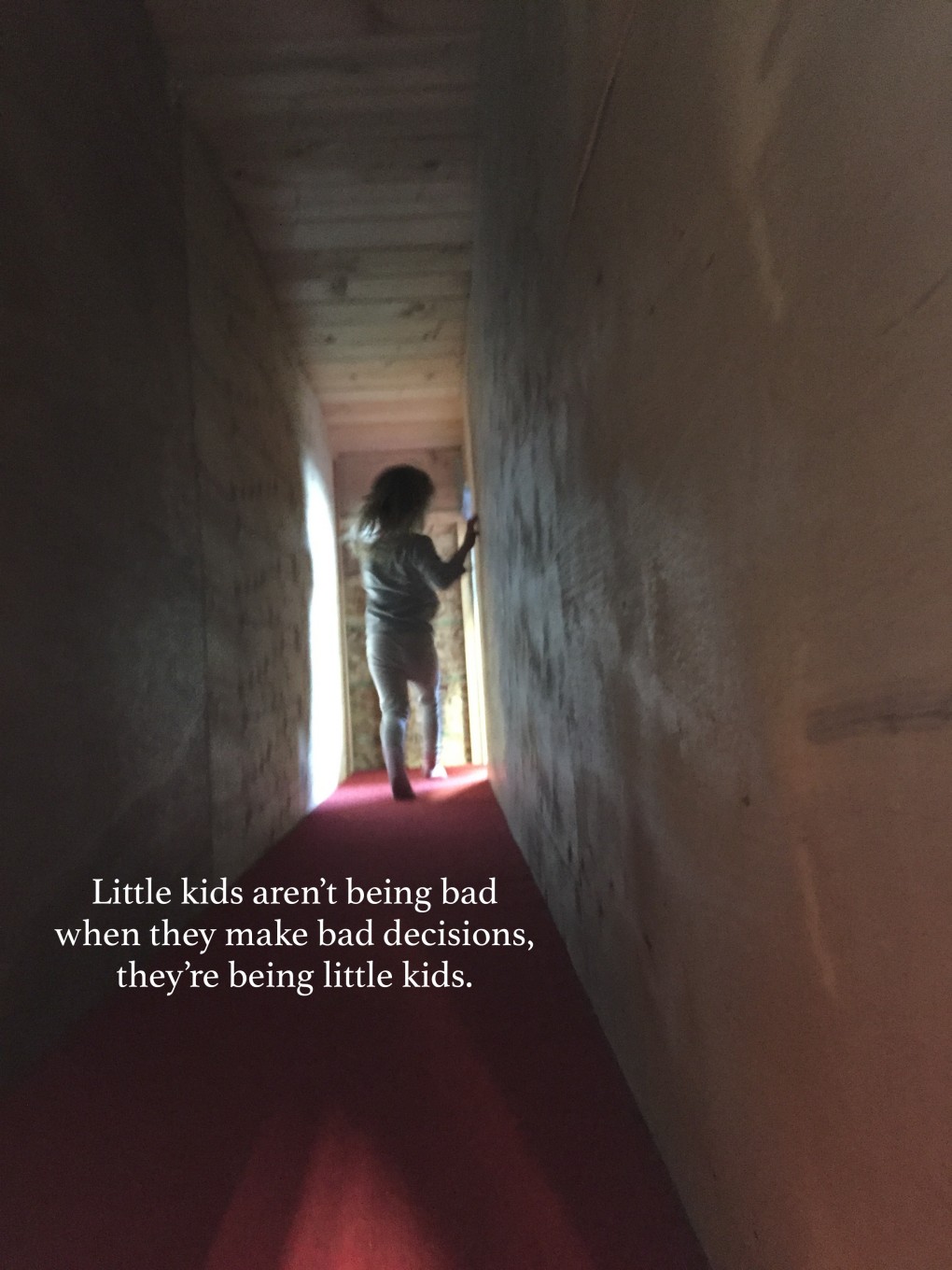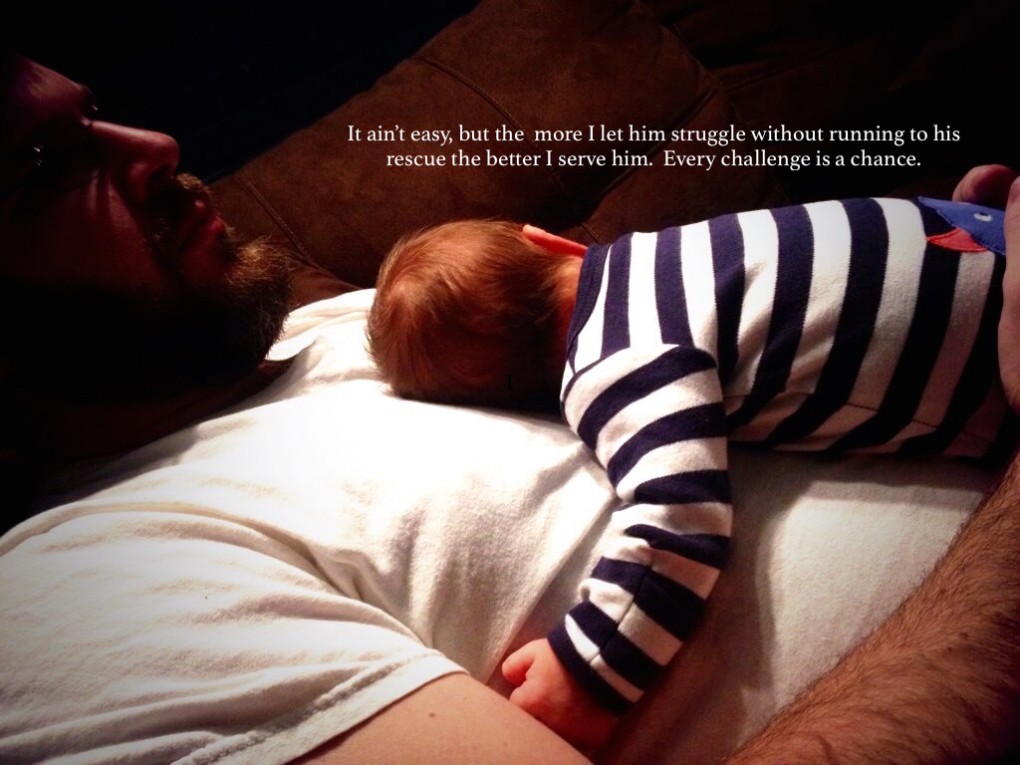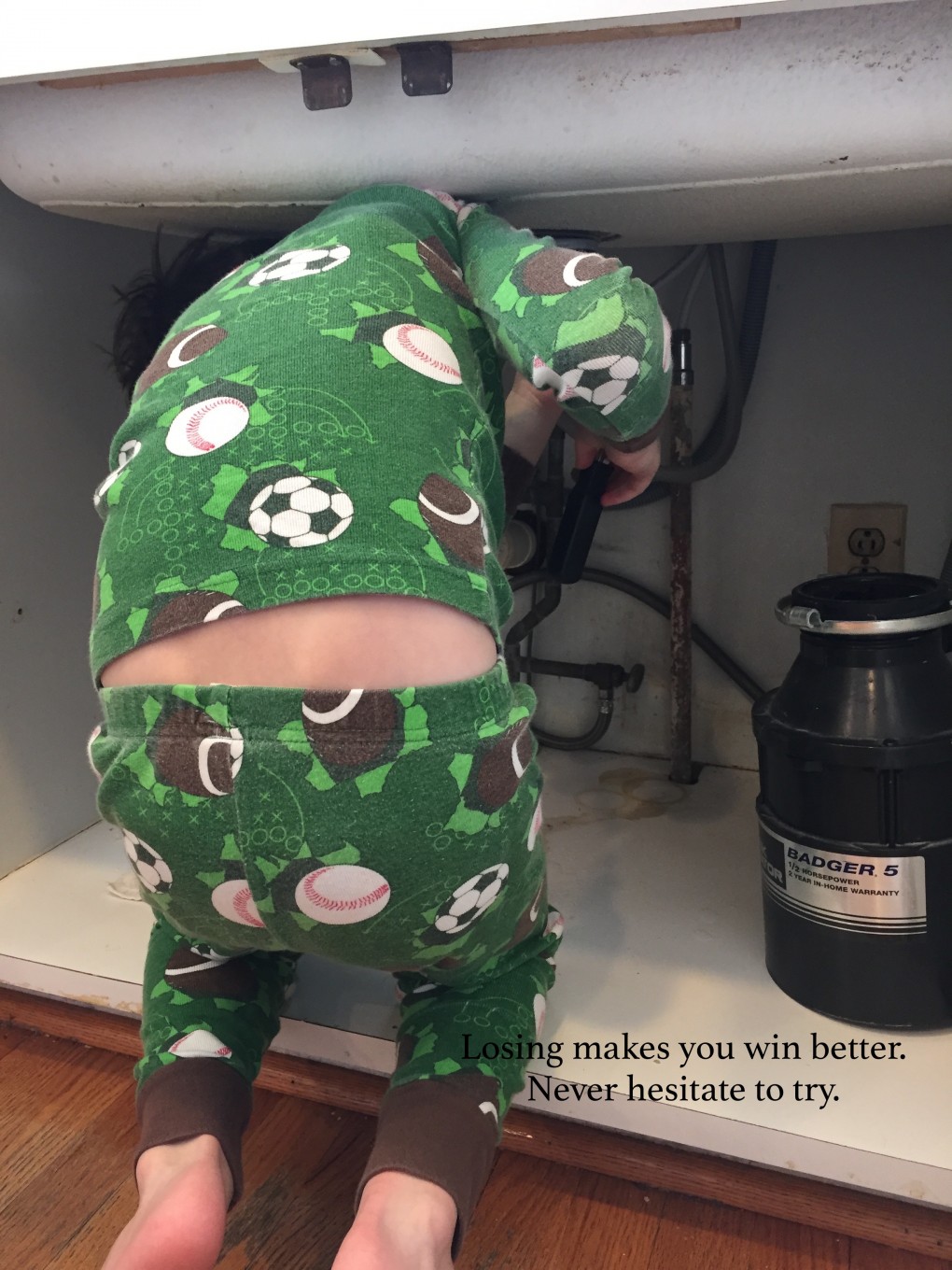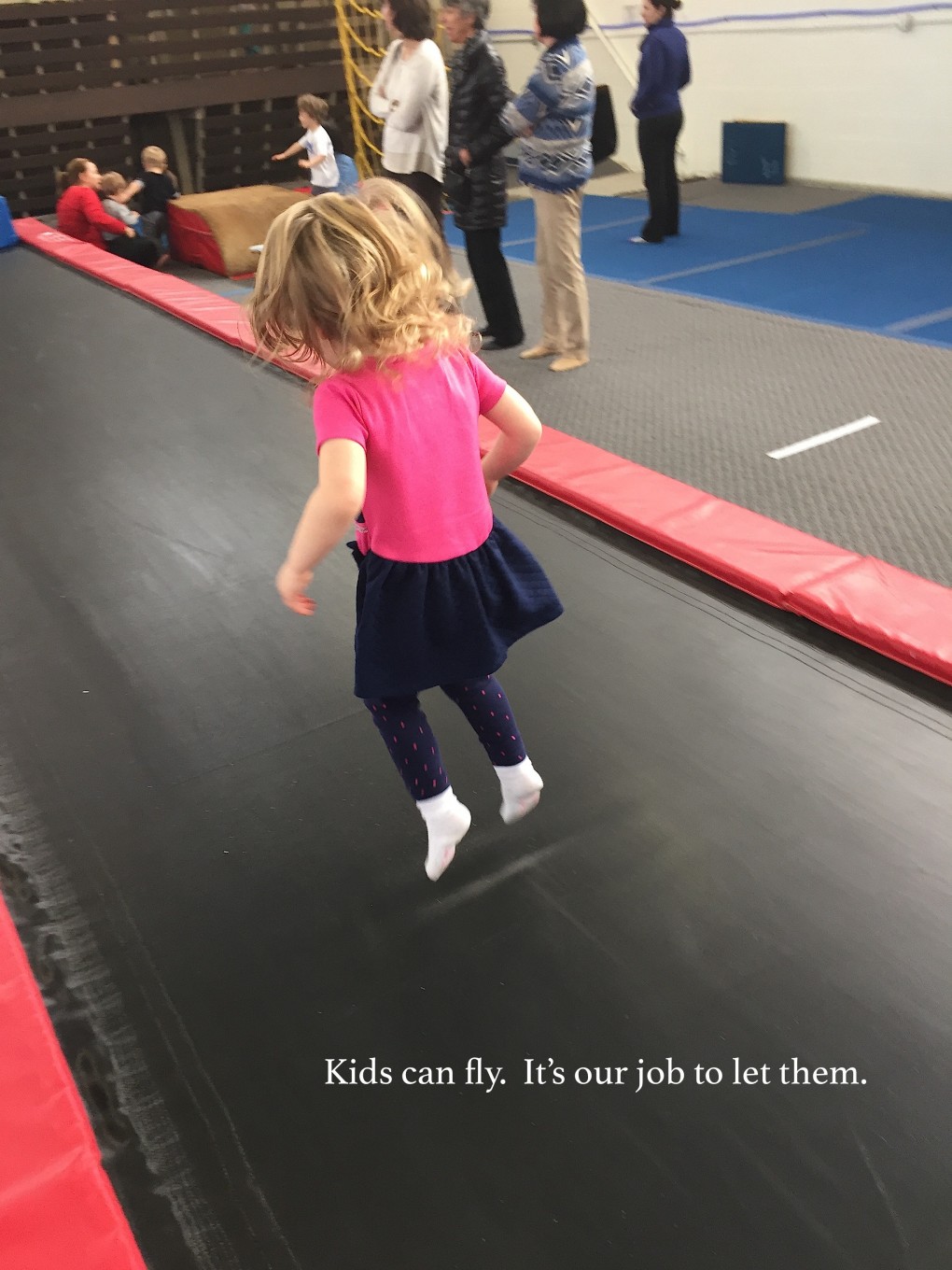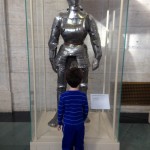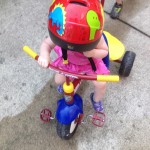Thankful Thursday: YET [Your Extension Ticket]
In last week’s Thankful Thursday post (My Personal Paleontologists) I mentioned the power of the word “yet” in learning and growth. This week I decided to isolate the word and shower it with gratitude of its own because I continue to see that power contribute so mightily to my own positive progress and to that of those I serve.
Yesterday I watched my determined five year old spend almost a half hour attempting to leap across a muddy riverbed from one bank to another. He stood looking at the mud, the water, and the tall reeds, saying, “It’s too far…I can’t do it,” followed by the bust of a smile on his face, the exclamation, “Yes I can!” and a backed-up run to the edge where he repeatedly stopped mid-stride, going through the same process over and over until the much anticipated launch.
He performed the “run up and stop” at least two dozen times before launching himself over the edge (albeit hesitantly), catching the toe of one shoe on the opposite bank, and sliding clumsily into the mud. He looked up, and through gelatinous, vibrating, crocodile tears he informed me, “I can’t do it,” and then he sniffled, took a breath, and added, “yet.” My heart smiled. My face smiled. We hugged. A great hug. He asked if we could come back tomorrow and keep trying.
I was so proud. I told him I was. He was curious about why I was proud of something he “couldn’t” do, why I was super excited about something he “didn’t” do, and why I was gushing with genuine enthusiasm over a flop in the mud partway to a goal.
We talked about how he tried something that scared him. We talked about how courageous it was. He talked about how courageous he is. We talked about his resolve to keep working on it in the face of the flop and how that stick-to-itiveness is, and will continue to be more important than any prize he could ever want. We talked about how his growth mindset literally makes the world is a place of limitless possibilities.
We discussed the effort and the mental fortitude he demonstrated. We celebrated what he did do. We agreed that the accomplishment was in the trying and that the key, no matter how many times he falls in the mud, is that he keeps trying.
It was the same when my oldest finally rode his bike without training wheels. He woke up one morning and told me that he would be able to do it by the end of the day. It took a while too.
As kids learning to ride bikes do, he spent several determined hours counting pedal rotations and finding balance until finally it clicked. It clicked, as it does with bike riding, in the exact instant that he realized he could do it. It happened on the foundation that he was employing his “yet” each time, with the courage to continue along the way, safely wrapped in the faith and the knowledge that it would in fact happen.
It’s the same click we feel repeatedly as we courageously break through any of the many barriers and face the multitude of challenges that we do in life. It’s the possession of a “yet” that makes it possible.
Today is great. We should be grateful for each today. But we must understand that it doesn’t all happen today. That said, we must remember and appreciate that only some of it happens today, some of it happens tomorrow, and some of it will happen a long time from now.
In school and at home we must model faith and enthusiasm for the possibilities to and with regard to the children we serve. We must instill in them a sense of pride for the strength they demonstrate when the engage excitedly in the process. We must celebrate their efforts, their courage, and their progress along the path. We must remind them that they each have unlimited extension tickets and that can always access them with courage, even and especially in the face of fear. We must help them understand and believe in the power of “yet.”
Thanks “yet.” I appreciate you and I deeply value the hope and inspiration you bring to my life & to the lives of those I serve.
Happy Thankful Thursday (on this lovely Friday)!
Live. Love. Listen. Learn. Lead. Thanks.


